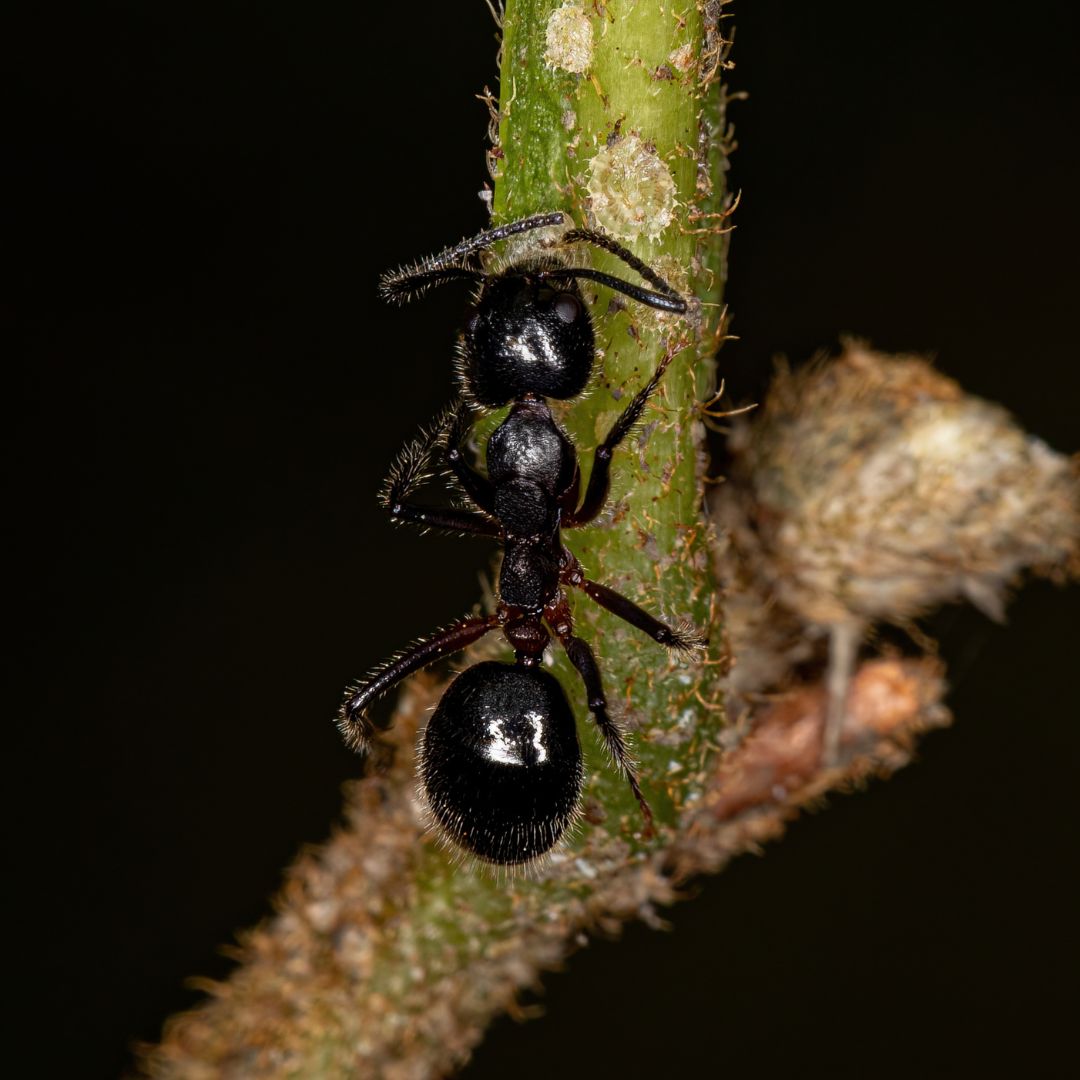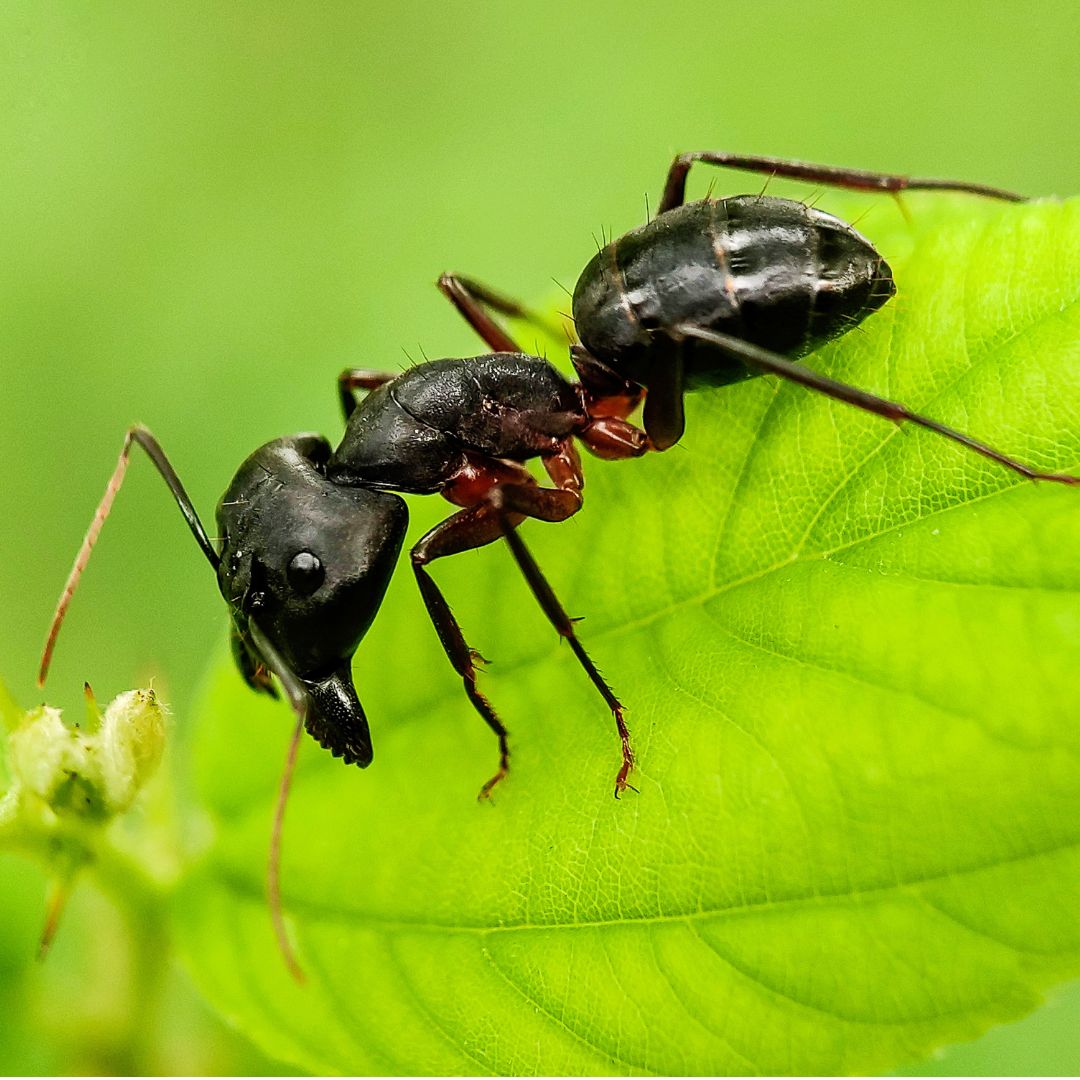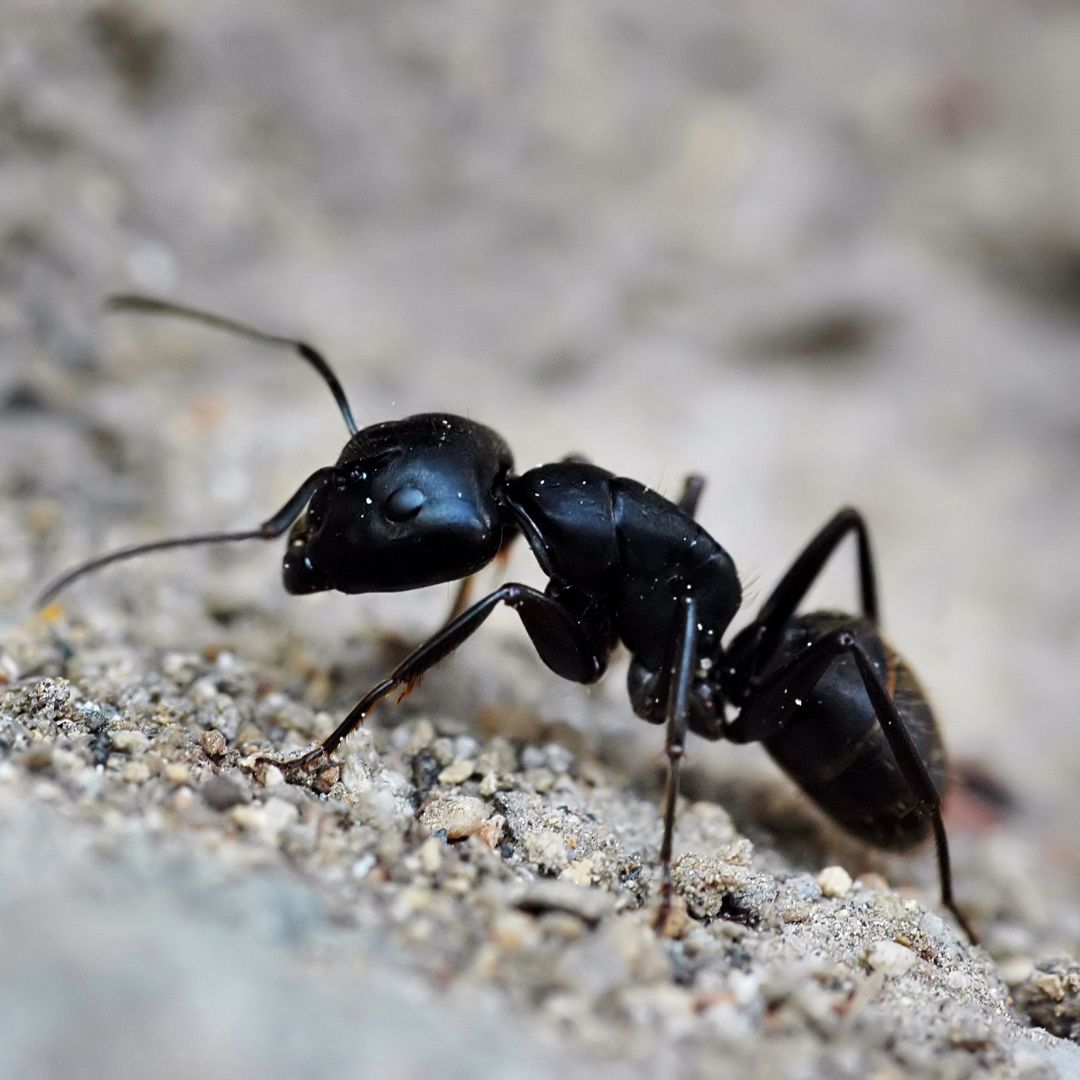


Understanding Your Antagonists
Odorous House Ant The odorous house ant is small, typically measuring between 1/16 and 1/8 inches long, with a dark brown or black color. These ants are notorious for the rotten coconut-like smell they emit when crushed. They are attracted to sweets and are often found indoors in kitchens where they seek out sugary substances.
Carpenter Ant Carpenter ants are larger, ranging from 1/4 to 1/2 inch, and are usually black or dark brown. Unlike termites, they do not eat wood but burrow into it to create their nests, which can lead to structural damage over time. Identifying a carpenter ant infestation early is crucial, as they can cause more severe damage than other ant species.
Pavement Ant These ants, which are about 1/8 inch long and dark brown to black, typically make their nests under pavements, stones, and next to buildings. They can enter homes in search of food, particularly greasy and protein-rich foods, and are commonly seen trailing along sidewalks and the foundations of houses.
Field Ant Field ants are often mistaken for carpenter ants but can be identified by their larger size and varied colors, ranging from red to black. They primarily nest outdoors in soil, but if their outdoor habitat is disturbed, they may wander indoors. These ants are generally less aggressive and less damaging indoors.
Acrobat Ant Acrobat ants are named for their ability to raise their abdomen over their thorax and head when disturbed. They are small, about 1/8 inch long, and can vary in color from light brown to black. These ants are particularly attracted to damp wood damaged by fungus, often entering homes through tree limbs touching the house or exposed wood.
Preventive Measures
To prevent ant infestations, focus on eliminating food sources, reducing moisture, and sealing entry points:
- Store food in airtight containers and keep kitchen surfaces clean.
- Fix leaky pipes and ensure basements and attics are dry.
- Seal cracks and openings around doors, windows, and other entry points with silicone caulk.
- Remove vegetation touching the house to prevent access for ants.
Effective Solutions for Ant Control
For non-toxic control, consider using diatomaceous earth or boric acid around entry points. Chemical baits and sprays can be effective but should be used as a last resort and applied by professionals to ensure safety and effectiveness.
Why Choose STL Pest Control?
At STL Pest Control, we have extensive experience managing all types of ant infestations specific to the St. Louis area. Our tailored approaches ensure that your ant problems are solved with the least inconvenience.
FAQ 1: What attracts ants into my home?
Answer: Ants are primarily attracted to food and moisture. Common attractants include sugary spills, pet food, grease, and overripe fruit. Leaky pipes and damp areas can also attract certain ant species like acrobat ants that prefer moist environments. Ensuring that food is stored securely and addressing any moisture issues can help deter ants from entering your home.
FAQ 2: How can I tell if I have a serious ant infestation?
Answer: Frequent sightings of trails of ants or discovering their nests are strong indicators of an infestation. Large numbers of ants inside your home, especially in the kitchen or where food is stored, often signal a problem. Additionally, seeing large amounts of frass (wood shavings mixed with ant droppings) can indicate a carpenter ant infestation, which can cause structural damage.
FAQ 3: Are there any natural remedies to get rid of ants?
Answer: Yes, several natural remedies can be effective in managing ant populations:
- Vinegar Solution: Wiping surfaces with a solution of equal parts vinegar and water can deter ants, as they dislike the smell.
- Diatomaceous Earth: Sprinkling food-grade diatomaceous earth along ant trails and entry points can help eliminate ants by dehydrating them.
- Essential Oils: Peppermint, tea tree, and lemon essential oils are known to repel ants. Apply a few drops mixed with water to affected areas.
FAQ 4: When should I call a professional to handle an ant problem?
Answer: You should consider professional help when home remedies and over-the-counter solutions do not stop the infestation, or when you suspect you have carpenter ants, which can cause structural damage. A professional pest control service can offer more effective and comprehensive solutions tailored to the specific type of ants and the severity of the infestation.
FAQ 5: What preventive measures can I take to keep ants out of my home?
Answer: Preventive measures include:
- Sealing Entry Points: Check for cracks in windows, doors, and foundations, and seal them with caulk.
- Maintaining Cleanliness: Regularly clean kitchen counters, floors, and cabinets to remove residues that attract ants.
- Managing Moisture: Repair leaky faucets and pipes, use dehumidifiers, and ensure good ventilation to reduce moisture in your home.
- Landscaping: Trim tree branches and shrubbery away from your house to reduce access points for ants.
Understanding the type of ant you are dealing with and taking early preventive measures can significantly reduce the likelihood of an infestation. For serious or persistent problems, STL Pest Control is here to help with expert advice and effective treatment options.

